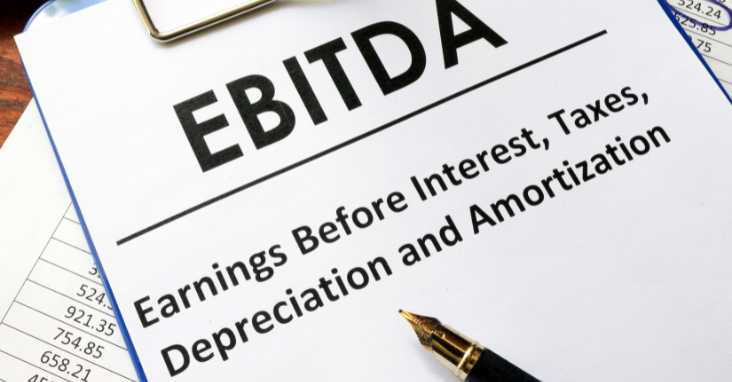EBITDA is King, but the Market is Emperor: Understanding Valuation in Mergers and Acquisitions
In the dynamic world of mergers and acquisitions (M&A), EBITDA (Earnings Before Interest, Taxes, Depreciation, and Amortization) reigns as the most popular metric for assessing the value of an asset. EBITDA offers a simplified view of a company’s operating profitability, making it a comparable parameter between different companies and industries.
However, it is crucial to recognize that EBITDA, although important, is not the only factor that determines the final value of an asset in an M&A process. The true emperor in this scenario is the market, with its complex dynamics and perceptions.
The Market as the Final Judge:
The final value of an asset in M&A is defined by the bids and counteroffers of buyers and sellers, influenced by several factors:
- Growth prospects: The expectation of future growth of the company and the market it operates in directly impacts the value attributed to the asset.
- Synergies: The potential creation of value through the combination with the buying company can significantly increase the final price.
- Risks and uncertainties: Factors such as economic instability, regulations, and litigation can reduce the value of the asset in the eyes of buyers.
- Transaction costs: Expenses related to advisory, due diligence, and other legal and financial aspects also influence the final value.
The Essential Role of the Financial Advisor:
The financial advisor, or advisor, acts as a conductor in this complex scenario, guiding clients through each stage of the M&A process and seeking the best possible valuation. Among their functions, the following stand out:
- In-depth analysis of the asset: Conducting a comprehensive assessment of the company, considering its strengths and weaknesses, market prospects, and comparisons with similar companies.
- Defining the most appropriate valuation methodology: Selecting the most accurate methodology for the specific case, such as discounted cash flow, market multiples, or adjusted net asset value.
- Preparation of documentation: Preparing information materials and teasers to present the asset in an attractive way to potential buyers.
- Conducting negotiations: Intermediating negotiations between buyer and seller, seeking the best price and conditions for the client.
- Ensuring a transparent and efficient process: Advising the client throughout the process, from defining the strategy to signing the final contract.
Conclusion:
While EBITDA is an important metric in M&A, the market is the true determinant of the final value of an asset. The financial advisor, with their expertise and experience, plays a crucial role in seeking the best valuation, using the best methodologies and monitoring market dynamics to ensure a positive outcome for their clients.
Notes:
- The choice of valuation methodology should be made in conjunction with the advisor, considering the specific characteristics of the business and the market.
- It is important to maintain an open and transparent dialogue with the advisor throughout the M&A process.
- The expertise and experience of the advisor are determining factors for the success of an M&A transaction.
Remember: Valuation of an asset in M&A is a complex art, influenced by various factors and market dynamics. The financial advisor is an essential partner to navigate this process and achieve the best possible outcome.



